How will technology "recreate" the beauty industry in the post-epidemic period?
When it comes to the beauty industry, few people associate it with the traditional high-tech industry. But behind the beauty industry, it is indeed constantly colliding and merging with high technology. With the continuous deepening and application of high-tech such as big data and AI, the relationship between them has gradually become prominent.
Not long ago, L ‘Oré al held a cloud conference to announce the official launch of the first "BIG BANG Beauty Technology Creation Camp" in China. It is understood that this "Creation Camp" is in the form of a start-up challenge, and "Cloud invites" national technology start-ups to participate in exploring and incubating revolutionary beauty technology solutions. This is the first cross-border collision between the domestic beauty ecosystem and the science and technology ecosystem, but can beauty giants really have fun when they get involved in the field of science and technology? Why does the high-tech circle attach importance to the beauty industry?
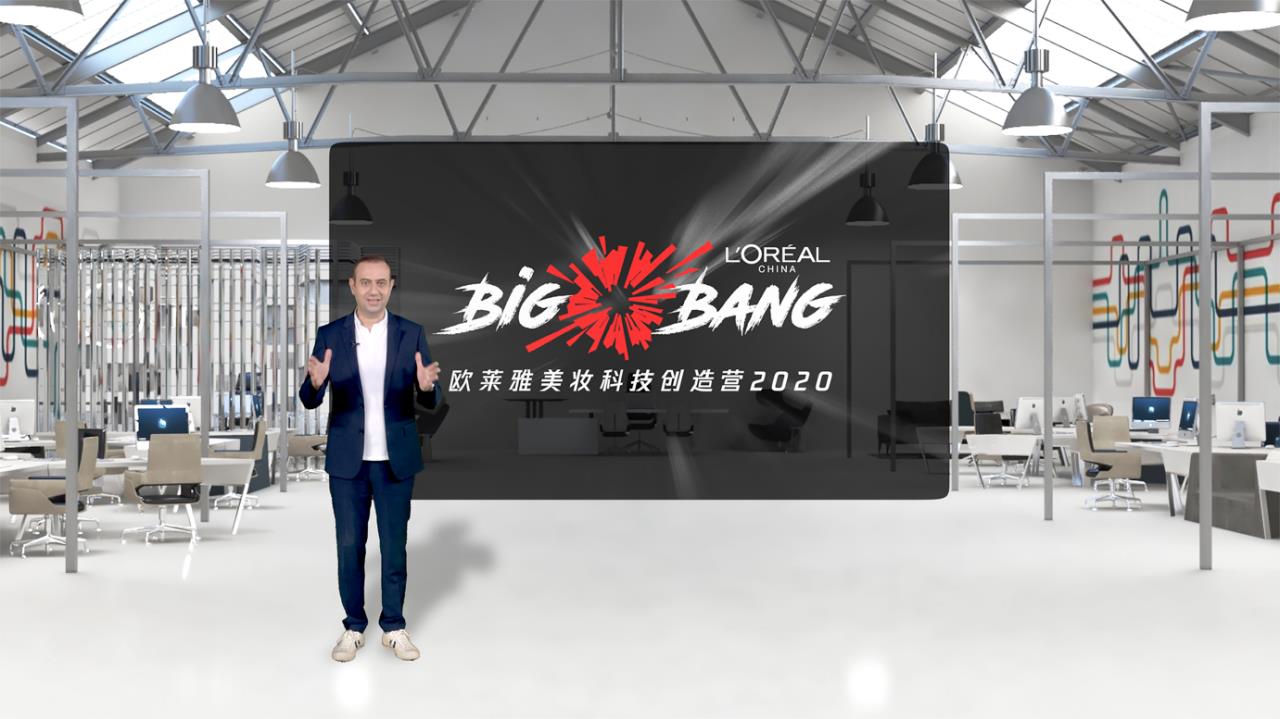
First, it is not the "technology factor" added to beauty cosmetics, but the return to "the truth of technology"
In which direction science and technology grow, it depends on demand; How much room to grow depends on the market.
The consumer industry has always been a necessity for people’s lives, and beauty cosmetics is one of the industries with the highest innovation vitality and the most stable demand. In recent years, China’s beauty industry has developed rapidly, and the market scale has been expanding. The internationally renowned brands that settled in China in the early years and the rising local brands in recent years have, to a certain extent, shared the dividends of the overall rapid development of the industry.
As consumers become more and more mature, their preferences in product use, ingredients and brand positioning are also more subdivided. Concepts such as hydrating, moisturizing, whitening, protection, anti-aging, firming and cosmetic feeling will be more and more recognized by consumers, and subdivided products including eyes, lips, cheeks and neck will be closer to the needs of consumers. At the same time, the transformation of consumer core groups, the rise of Z generation consumption power, the awakening of men’s skin care awareness, and healthy living have all injected new strength into the domestic beauty industry market and promoted the development and improvement of the industrial chain.
According to the latest retail data released by the National Bureau of Statistics, in the first quarter of 2019, the total retail sales of social consumer goods was 9,779 billion yuan, an increase of 8.3% year-on-year. Judging from the retail sales of cosmetics, the national retail sales of cosmetics in the first quarter of 2019 was 75.3 billion yuan, an increase of 10.9% compared with the same period last year. It can be said that the current domestic beauty market has a very broad development space. Both the consumer’s choice and the new opportunities brought by consumption upgrading have promoted the expansion of the beauty market in China.
In addition, the continuous upgrading of beauty consumption affects not only the beauty industry, but also the emerging industries associated with it when the consumer demand of users is infinitely diversified, personalized and rapidly changing and the market activity is high. You know, the vast majority of consumers are not beauty experts. They need to know more about their skin condition and product information quickly, so as to choose the products that suit them, and they should wait for them. Therefore, the future beauty industry will not only provide a single beauty product, but also provide an overall solution of product+service+experience. For example, AI skin care programs help consumers analyze skin needs and formulate skin management programs; Beauty brands regulate the balance of skin micro-ecology through biotechnology to enhance the efficacy of skin care products; Technology companies develop hand-held beauty equipment with electromagnetic pulse to help skin care products penetrate the skin better.
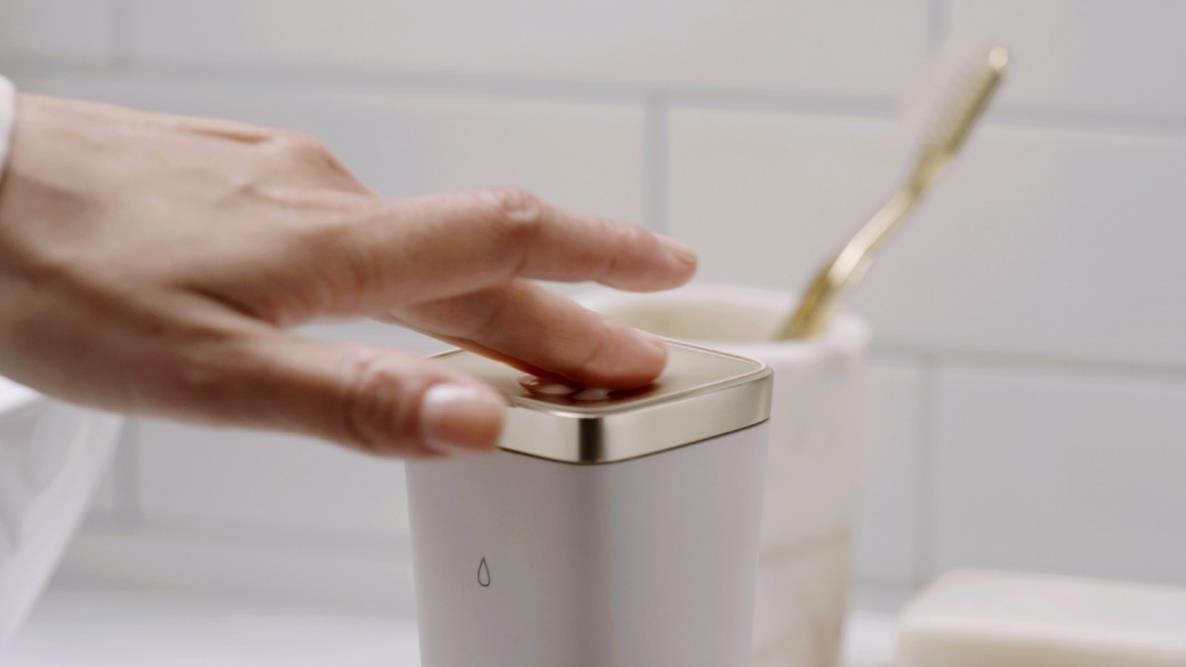
The beauty industry is constantly moving towards technology, digitalization and convenience, which can drive the development of new technologies such as biotechnology, agricultural technology and entertainment technology around it and broaden the industry. In recent years, the beauty market share of international brands is rising sharply, and the domestic beauty market is gradually becoming high-end. It can be seen that it will be the core trend of the beauty industry in the future to help people with professional skin care, health and beauty with scientific and technological means and concepts.
Moreover, in a sense, beauty care itself is based on scientific practice, but in the era of underdeveloped technology, it is more like "experience talk." Nowadays, after thousands of years of development, mature technical means have not only solved many "skin care mysteries", but also greatly helped more people, especially those who don’t know much about beauty care, how to conveniently put on makeup and healthy skin care. Therefore, to be more precise, it is not the "technology factor" that is added to the beauty industry, but the return of the beauty industry to the "technology truth".
It can be predicted that the beauty industry will bring broad market space and application scenarios for innovative technology, and the deep integration of technology start-ups and beauty will "explode" unlimited potential for its own development, the development of the beauty industry and the lives of consumers.
Although we know that innovative technology is promising in the beauty market, how to integrate these two "different styles" elements and open up a road of sustainable development is still very challenging for beauty companies.
Since last year, beauty KOL live broadcast has become increasingly popular. Whether it’s Li Jiaqi, the "first lipstick brother", Viya, the "one product links 80,000 orders", or tens of thousands of cosmetics KOL behind them, they are all guiding consumers’ purchasing orientation greatly. Interestingly, beauty technology seems to have little to do with beauty KOL, but in essence, it helps consumers to judge whether the product is suitable for them by explaining the product in detail and "trying it" in advance, except that beauty KOL is an anchor real person trial, and the increasingly popular virtual color test application allows consumers to match independently through technical means such as AR and AI.
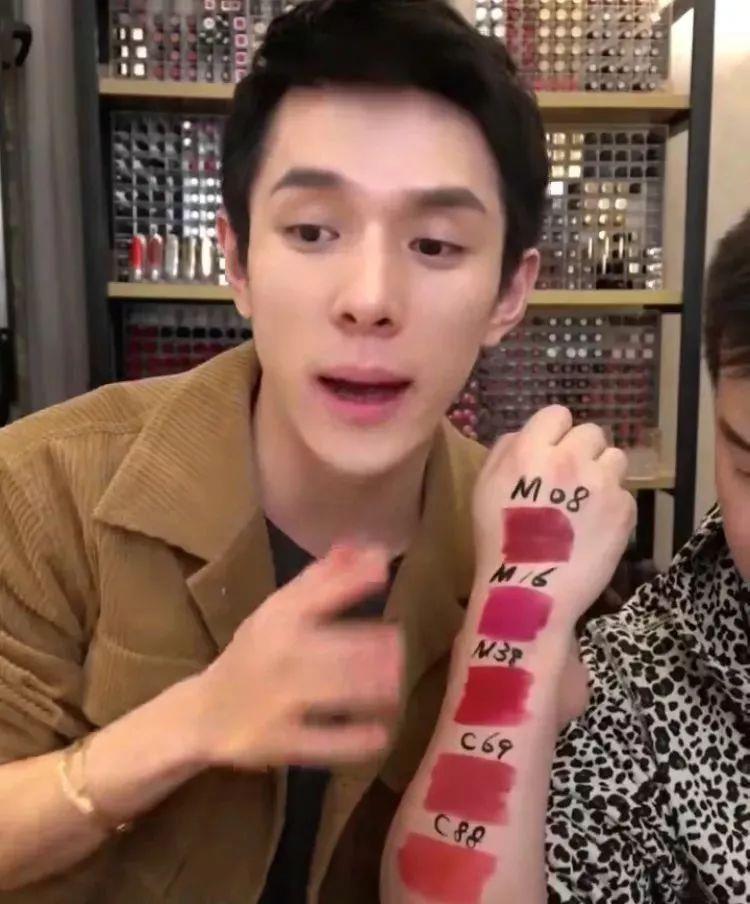
After a thorough study, the analysis results detected by the senior scientific research team with the help of big data, AR and other high-tech technologies are, to a great extent, more professional and valuable reference data than many cosmetic KOL trials, but at present, the influence of cosmetic technology on consumer decision-making is not as good as that of cosmetic KOL. This has to make beauty companies think deeply. On the road of beauty technology transformation, in addition to improving the technological attributes of products, whether it is necessary to think more about transformation strategies, user connections and technological depth.
Second, beauty technology needs intensive cultivation and a global vision.
Imagine that if a company defines itself as a "beauty enterprise", its entire corporate image, products and beauty attributes will be greater than the scientific and technological attributes; However, if you define yourself as a "beauty technology enterprise", then the two attributes must be "equally divided". For example, Xiaomi, although it originated from the Internet mobile phone, has always been an innovative technology enterprise, not a mobile phone brand.
Therefore, to improve the scientific and technological content of products, we must first improve the scientific and technological content of enterprises, that is, to achieve a 360-degree comprehensive transformation in the fields of research and development, marketing, operation and management.
On January 5, 2020, at CES in Las Vegas, L ‘Oré al first demonstrated a brand-new beauty technology equipment called Perso. This AI-supported home system developed by L ‘Oré al Technology Incubator can complete the on-site formula of skin care products and make-up products through a concise four-step process, and it can become smarter with the increase of usage times over time, and truly realize the direct delivery of personalized technology to consumers.
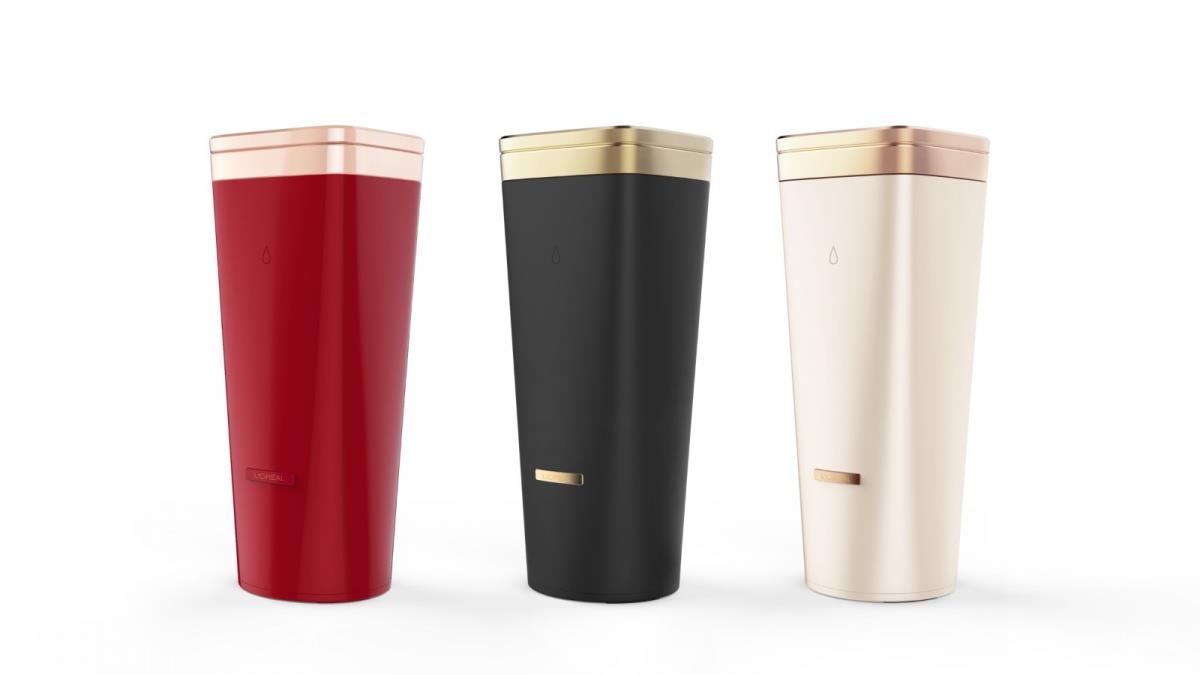
Before Perso, L ‘Oré al also introduced the first portable skin environment detector "Small Needle Probe" without batteries, Lancome’s new generation of small black bottles, customized liquid foundation and customized essence formulator, and other high-tech and even cross-border innovative products.
In addition, L ‘Oré al also organized a C2B "Zero Cream" campaign with consumers. This activity, aimed at exploring consumers’ reverse channel innovation, adopted an innovative mode of user demand-led and technology-assisted output. It took 59 days and 1,000 consumers participated, and more than 100,000 products were sold on the same day.
At present, L ‘Oré al China has set up "3S" and "3D" directions in product frontier research and development. "3S" means Green Science, Material Science and Life Science, and "3D" means digitalization, instrumentation and Diagnosis.

It is easier to understand that technology empowers R&D, so how can technology empower production, operation and management?
In recent years, L ‘Oré al has upgraded pillar departments such as information technology, operation, finance and human resources to strategic departments, and started to carry out technological and digital transformation. Develop and apply the most suitable brand-new solutions for each business field, including 3D printing, artificial intelligence, collaborative robots, virtual reality, Internet of Things and so on.
For example, L ‘Oré al applied software robots to financial reconciliation and online shop operation, and completed a lot of repetitive work 24 hours a day, 7 days a week. Using artificial intelligence technology to assist the retail team in store location; Reduce inventory and shorten the overall supply chain time by 30%; A new networked production line has been developed and a new method combined with the Internet of Things platform has been implemented, which can switch from the production of one product to another in a few minutes. At present, five factories are already using this networked production line technology, and another 20 new production lines will be installed and used in factories all over the world.
L ‘Oré al has naturally put a lot of effort into the most intuitive consumer experience scene of scientific and technological attributes display. Maybelline 360-degree AI intelligent color selection, exclusive "virtual hair dyeing and color testing" by L ‘Oré al Paris Salon, and "multifunctional intelligent detection application of scalp hair quality" by Paris Karsch ….. For girls who love beauty, the advent of these intelligent technology products not only enriches their own shopping experience, but also greatly simplifies the process from selection, makeup trial to purchase, and greatly solves the problem of choosing makeup.
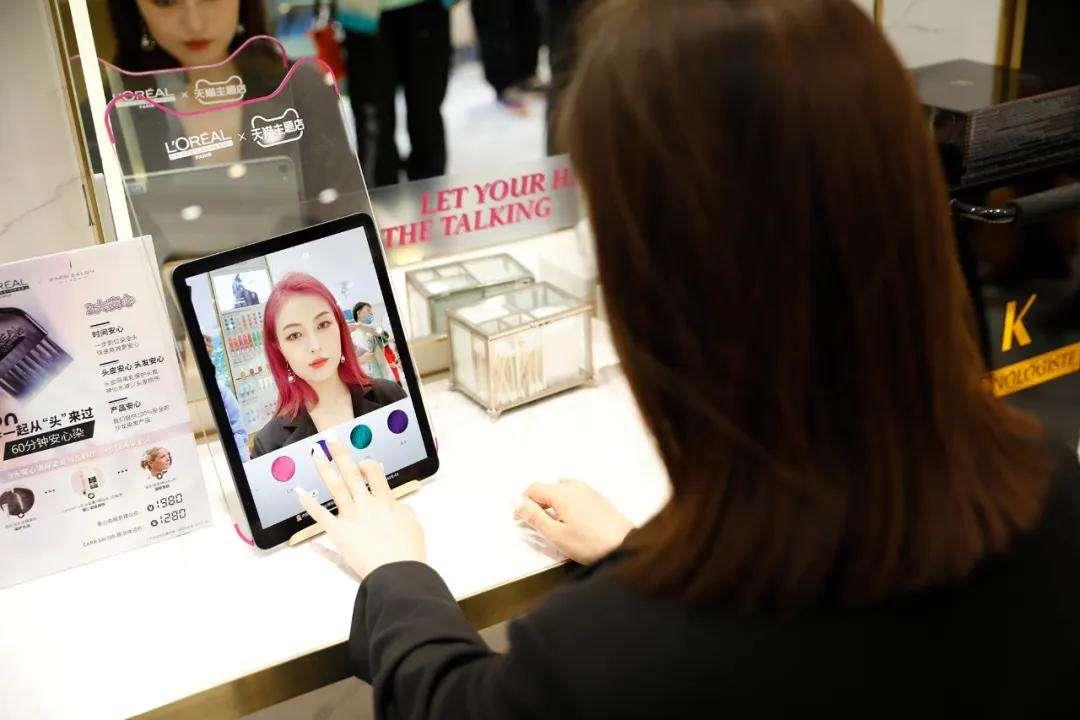
In addition to the digital upgrade in the external business chain, L ‘Oré al has also adopted a new way of working internally, releasing the speed and efficiency of innovation.
L ‘Oré al has previously established a global multipolar organization, namely, three global centers in France+six regional hubs (China, Japan, India, South Africa, Brazil and the United States) +21 R&D centers. Mobile office and digital applications are widely used in the company. During this epidemic, the internal IT system of L ‘Oré al supported the telecommuting of nearly 3,400 users every day, including sending and receiving emails, accessing the company’s intranet resources, and video and audio conferences. The evolution of IT team’s working style is rapid iteration and continuous delivery, and all IT services have not been affected by this special situation. In addition, terminal sales data such as online and offline retail, virtual makeup test, software robot, chat robot and retail location with artificial intelligence are all stored in L ‘Oré al China Hybrid Cloud. This platform can support more than 2200 servers, 1800T of data, and more than 400 application systems, websites and small programs running on it.
Wu Sheng, founder of Scene Lab, said: "L ‘Oré al’s transformation of beauty technology running through the whole value chain inside and outside just represents the practice of’ scientific brand’ driven by data science, process science and value science. When L ‘Oré al is committed to the innovation of beauty technology, it believes in the digital beauty of this era and accelerates the digital life of this era. This essential change requires the evolution of ideas and also calls for a larger-scale co-creation. I look forward to L ‘Oré al becoming a real’ beauty infrastructure’, empowering and achieving each other with innovators. "
The three dimensions of scientific brand mentioned here, data science represents the power of data analysis and application technology such as big data and cloud computing; Process science refers to the transformation of 360-degree full value chain and the establishment of internal and external ecological circle; Value science represents the responsibility of science and technology to be good. For example, since 2007, L ‘Oré al has been working hard to reduce the impact of cosmetics packaging on the environment, and jointly developed the first environmentally-friendly paper tubular packaging with the upstream packaging company Albéa a.
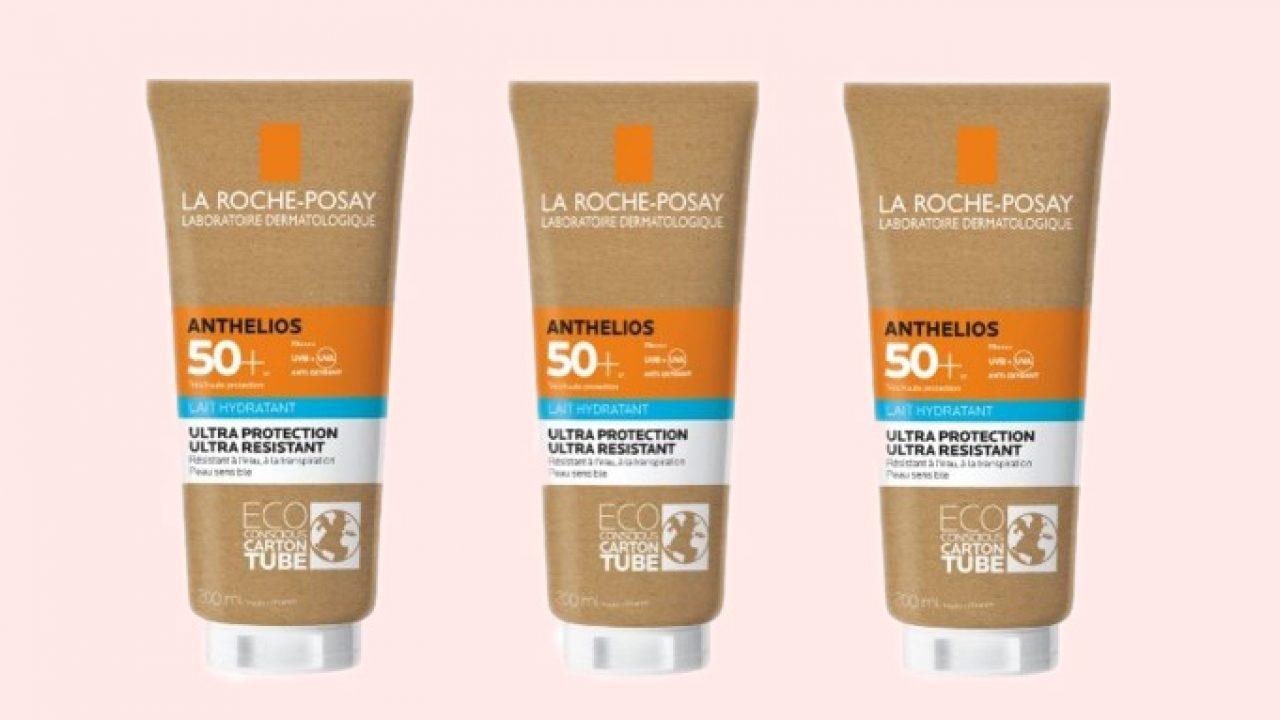
Nowadays, beauty companies are constantly exploring in the direction of science and technology, and many technology companies have also set their research direction in the field of beauty and skin care. But in any case, the benefits of "beauty+technology" can only be the vast number of consumers. At present, the beauty technology of most enterprises is still in the stage of auxiliary tools, so it is necessary to truly regard technological transformation as the "top-ranking project", let more innovative technologies flood in, integrate into the strategic transformation thinking with a more overall view, and more thoroughly open up the internal and external ecological circles, so as to provide solutions that are more in line with the immediate needs of consumers and make "beauty+technology" a road of sustainable development.
Third, the next step: build an ecological circle and make the beauty infrastructure.
As a company with a history of 100 years, L ‘Oreal, a French beauty giant, has always advocated open innovation and strong alliance with many start-up technology companies.
Cooperation as the axis, technology as the wheel.
In 2016, L ‘Oré al invested in five beauty technology companies, which have core technologies in private customization, smart manicure and Internet content marketing. In 2018, L ‘Oré al Group acquired Canadian digital supplier Modify, which integrated AR technology into beauty retail and launched black technologies such as virtual makeup test and hair color test. Then the venture capital fund BOLD was launched. The first investment target was French startup Sillages Paris, an Internet company that mainly used artificial intelligence and machine learning technology to create customized perfume. In addition, at the same time, L ‘Oré al has established open cooperation website prices with start-ups around the world. By 2018, 23 start-ups have been supported under the framework of L ‘Oré al’s cooperation with Founders Factory and Station F.
At the 2019 Paris Viva Technology Exhibition, L ‘Oré al and Alibaba Group jointly released the first mobile artificial intelligence detection application for acne-EFFACLAR SPOTSCAN in la roche-posay. Effica can help consumers who are troubled by acne skin but can’t ask for help, carry out professional skin self-test anytime and anywhere, and get personalized scientific nursing plan. Wu Hanwen, chief digital marketing officer of L ‘Oré al China, once said at the exhibition: "Open innovation will help us effectively explore the application potential of cutting-edge technology in the field of beauty."
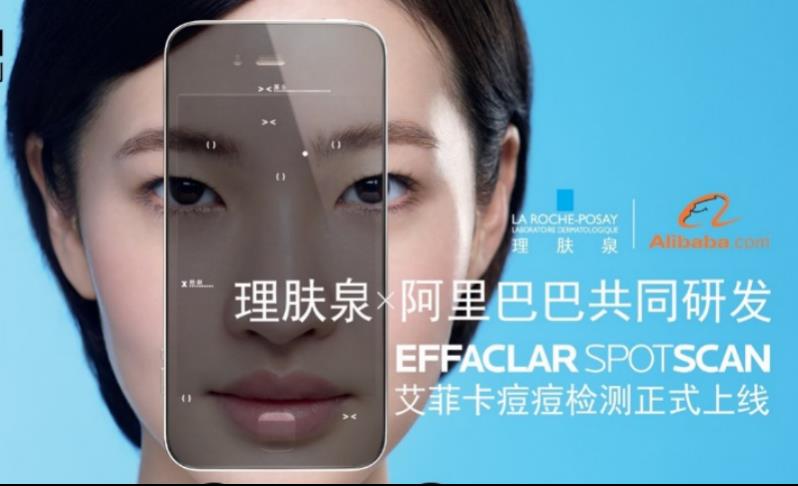
At present, China has the most demanding and sophisticated consumer groups in the world, and the most dynamic technology and innovation ecosystem in the world, which together constitute the original intention and foundation of L ‘Oré al’s first "Beauty Technology Creation Camp".
"One battalion creates more" and "one person has thousands of faces"
L ‘Oré al’s "BIG BANG Beauty Technology Creation Camp" has opened three tracks, namely, playing with new beauty experience, leading new operation and foreseeing new production and research, focusing on three key areas of beauty technology innovation, namely, consumer experience, supply chain operation, and future products with new forms, new effects and new experiences.
"We look forward to working together with technology start-ups to achieve common transformation and transformation, create more high-tech and beautiful consumption solutions for consumers, create new growth points for the vigorous development of the beauty industry, and contribute beautiful innovation to the prosperity of the consumer market in China and even the world in the post-epidemic era." Fabry, President and CEO of L ‘Oré al China, said: "The Beauty Technology Creation Camp is also the first step for L ‘Oré al to build a beauty technology ecosystem in China, and it is our co-creation and tolerance in implementing the new strategy of ‘HUGE Good Plan. We are confident that China will surely become a leader in the new round of global beauty technology explosion. "
From the perspective of participating enterprises, the "Creation Camp" horizontally covers the key links of the beauty industry chain, and the short-listed start-up technology enterprises can get different forms of win-win cooperation and support from L ‘Oreal at different stages of development. Such as market insight, product positioning, marketing strategy, media communication, incubation budget and other all-round support. L ‘Oré al, which covers more than 130 countries and has more than 110 years of experience in beauty operation, can provide a strong enough operating platform to accelerate the incubation, commercialization and scale of innovative achievements, and provide promotion opportunities and market landing in other markets around the world based on local applications in China.
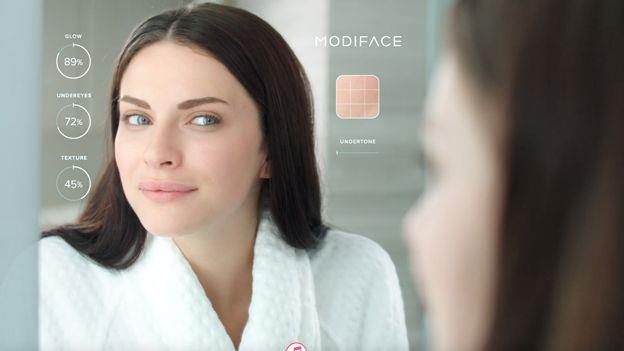
Previously, in 2014, L ‘Oré al and Canada’s artificial intelligence augmented reality technology company Modify jointly created a virtual makeup trial technology, and Modify provided professional technology. L ‘Oré al can give more than 100 years of professional experience in beauty to help Modify fine-tune each makeup trial effect, and gradually from small to large, from the initial virtual makeup trial scene, it was successfully extended to virtual hair color and skin detection. At the same time, L ‘Oré al has a local team in each country to customize the planning, so that product technology can quickly land in the local market.
From the perspective of industry and market, in the post-epidemic period in China, technological innovation is an important engine to promote consumption recovery, and then promote market and economic recovery, as well as the beauty industry. Technology start-ups are the birthplace of innovative technology and the backbone of economic recovery in the post-epidemic era. Led by L ‘Oré al, a beauty company of a magnitude, bringing these forces together to achieve common growth and transformation will not only help a new round of "big outbreak" in the beauty industry, but also contribute to the market and economic prosperity after the epidemic.
The broad voice platform and efficient operation platform can provide more commercial guidance and added value for technology start-ups, and also make the overall solution of L ‘Oré al’s products+services+experiences more mature. When more and more technology companies are deeply integrated with beauty, more potential of the beauty industry will be stimulated, and the era of "one person and thousands of faces" may not be far from us.